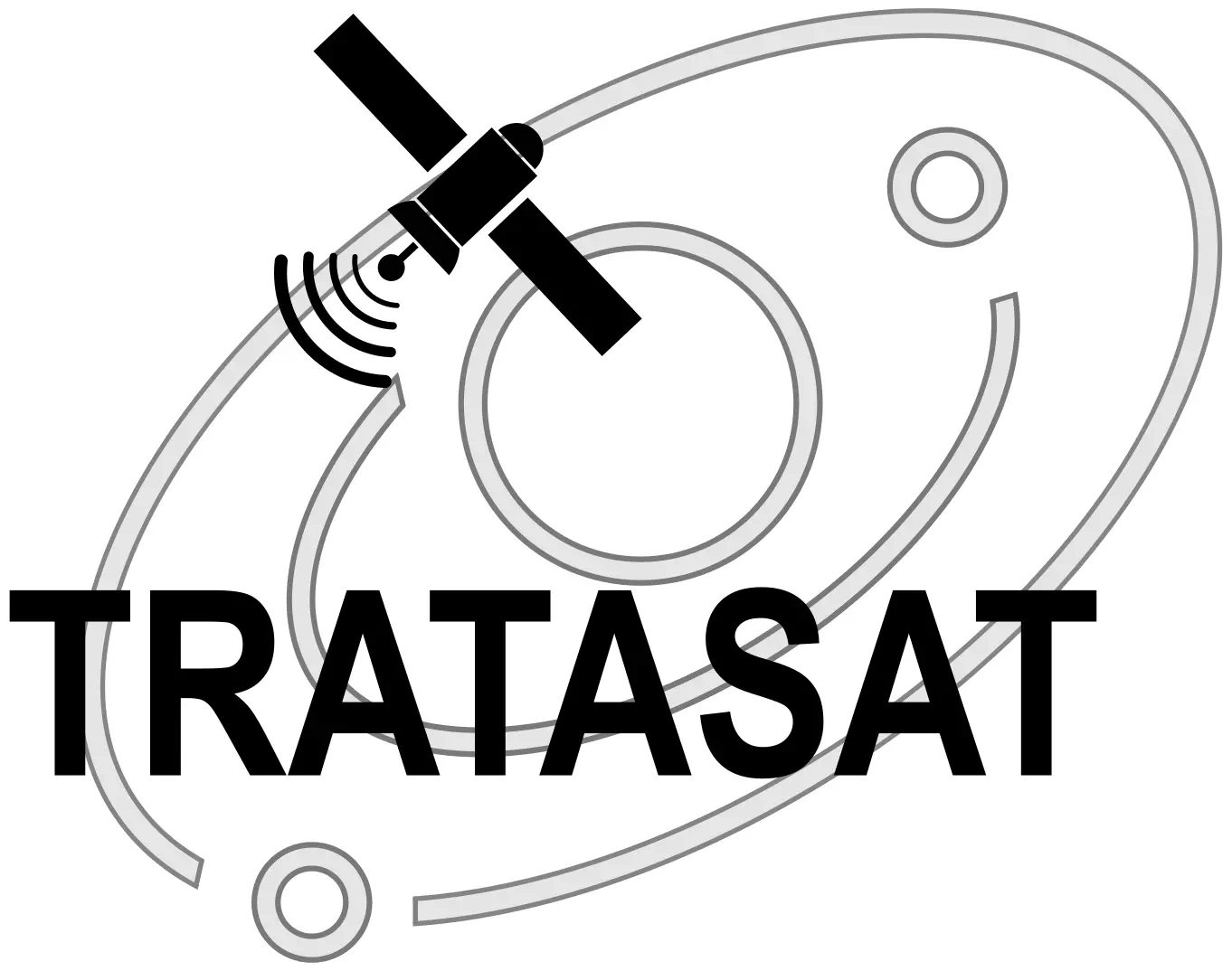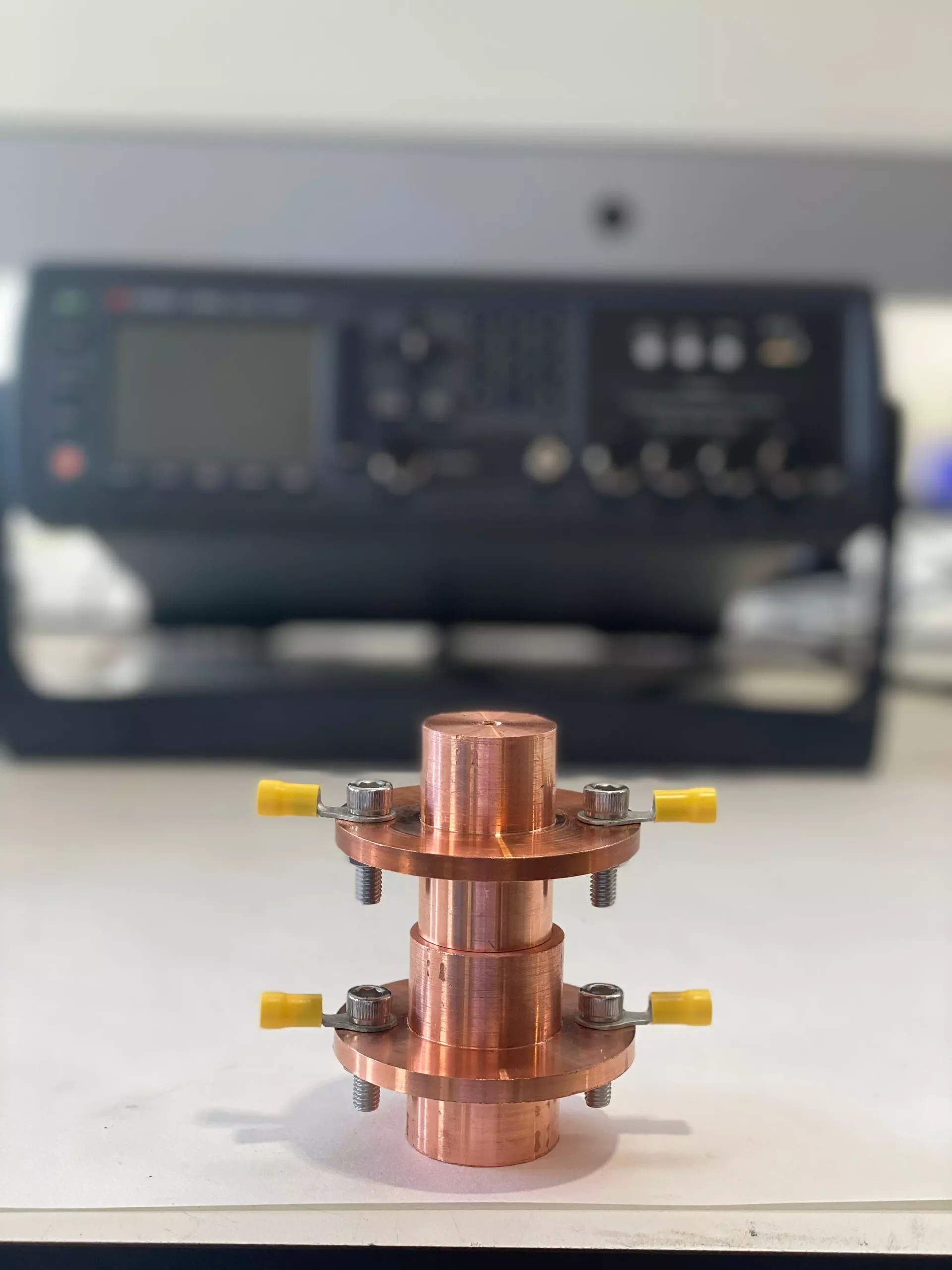
Surface treatment plays a key functional role in the space industry and can even jeopardize a mission, as in the case of communication losses caused by the growth of tin whiskers in electronics or the multipactor effect in radio frequency (RF) or microwave (MW) generators. In other cases, without actually leading to the loss of the mission, the coating can play a critical role in achieving quality observations or communications. This is the case of super black coatings that prevent the presence of spurious emissions and the PIM effect that can be caused by a failure in the anti-corrosion protection. In addition, in the case of tin whiskers and in the multipactor effect, coatings are used that contain lead (Pb) and chromium VI (Cr(VI)) respectively. Such elements are part of compounds that have been recommended for inclusion (Pb) or are already included (Cr(VI)) in Annex XIV of the REACH regulation. This annex represents the list of substances that require authorization for use and will therefore have to be replaced within a short period of time.
In January 2025, Titania was awarded the TRATASAT project. This project proposes research into critical surface treatments that will ensure the functionality of satellites throughout their lifetime. These treatments will be sustainable and will not contain toxic products. The treatments investigated have a major influence on both image quality and communications with the Earth, the former addressed through stray light removal and the latter through the use of anti-multipactor and anti-PIN coatings, and through the mitigation and control of tin whiskers.
Specifically, Titania’s goals for this project focus on:
-
Development and fine-tuning of a method to measure the resistivity of chemical conversion layers according to MIL-DTL-81706B.
-
Evaluation of the feasibility of the application of super black coatings on adhesive aluminum foils.
-
Characterization / validation of the surface treatments and coatings developed.
To meet this challenge, a multidisciplinary, complementary and balanced consortium has been formed, composed of five companies with the necessary capabilities and recognition to cover the entire value chain of the project. Specifically, the consortium is made up of Ase Optics, Finitec, Titania and Talento as partners, and Chemplate as project coordinator.
The TRATASAT project is subsidized by the Center for Technological Development and Innovation (CDTI) through the 2024 call in the grant procedure for the “Space Technology Programme” (PTE for its initials in Spanish) under investment 9 entitled “Aerospace Sector” of “Institutional reform and strengthening of the capacities of the national science, technology and innovation system”, of the Recovery, Transformation and Resilience Plan, which will receive funding from the “EU Next Generation Funds”.



